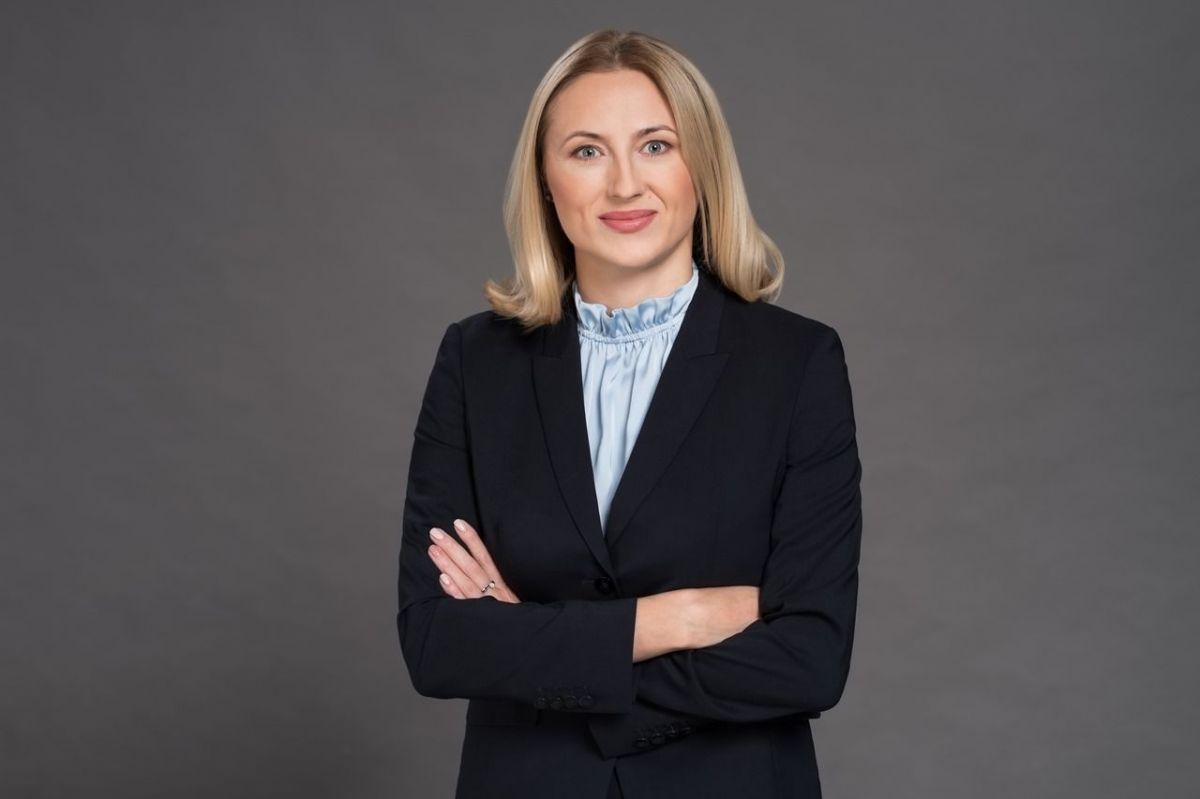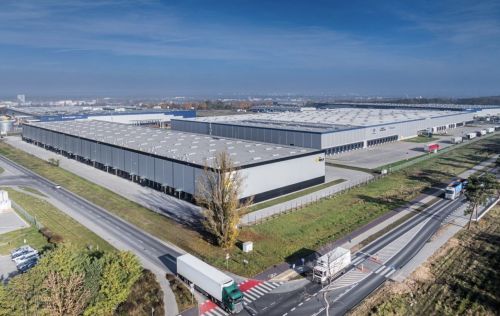All this was taking place just when we starting to think that the economic pain inflicted by the pandemic was finally behind us. And so, we entered 2023 with the spectre of recession hanging over us once again, and if this transpired, it could have dealt a devastating blow to the real estate investment market. However, we seem to have dodged this doomsday scenario. The slowdown that has naturally occurred due to all these macro-economic and geopolitical factors has actually been more of a ‘soft-landing’, that resembles some of the more gentle recent examples of the investment cycle bottoming out.
“Last year, we predicted EUR 10–11 bln would be transacted in the CEE-6 region and our estimate has turned out to be pretty close – almost EUR 11 bln or even just over that figure,” reveals Kevin Turpin, the CEE regional director of capital markets at real estate advisory Colliers. “What made the difference (about EUR 300-400 mln) was a transaction in






























































